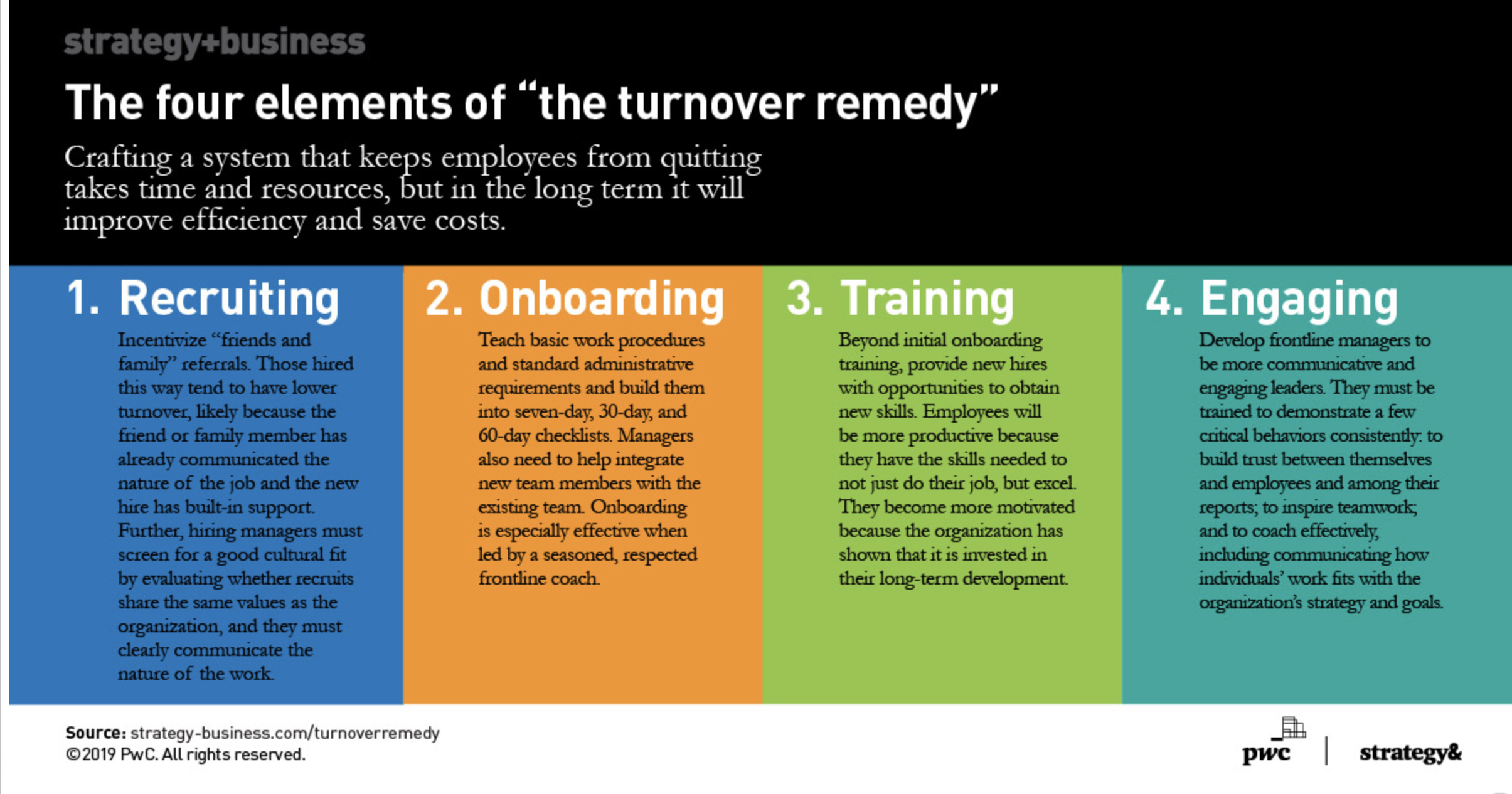Top Candidates Impact Business Performance
According to a Gallup research companies can significantly improve business performance when they hire top candidates. Specifically, when companies select the top 20% of candidates based on a scientific assessment, they frequently realize:
- 59% less turnover
- 21% higher profitability
- 10% higher customer metrics
- 17% higher productivity
- 41% less absenteeism
- 70% fewer safety incidents
Bias Affects Hiring Decisions
Gallup's research in behavioral economics shows that hiring managers are not good at predicting who the right candidates are because of unconscious bias. Learned biases that hinder rational decisions include conformity bias, affinity bias, gender bias, age bias, to name a few, and all lead to bad hiring decisions. Numerous psychological studies related to this topic conclude that 90% of the hiring decision is emotional. Recent studies confirm that:
- 46% of new hires will fail within 18 months.
Source: 2015 Leadership IQ Study.
- The top five areas of failure:
- Interpersonal and soft skills such as coachability (26%)
- emotional intelligence (23%)
- motivation(17%)
- temperament (15%)
- technical incompetence (11%)
- 74% of hiring managers admitting to making a bad hire.
Source: 2017 CareerBuilder Survey.
- Employers in the survey described a bad hire as someone who:
- didn't produce quality work (5%)
- had a negative attitude (53%)
- didn't work well with others (50%)
- had immediate absentee problems (46%)
- lacked abilities they claimed to have when hired (45%)
Costs Associated with Decision-Making
Bad hiring decisions affect every type of organization from Fortune 500 and mid-market companies to state and local governments. Costs include turnover replacement costs productivity gains, lost revenue, lower morale, and diminished employer brand.
- Missouri Department of Transportation. MoDOT turned over 13.27 percent of its employees in 2019, McKenna said. The department lost more than 550 employees in 2018, more than 600 in 2019, and it expects to lose more than 700 this year. That turnover costs the department $30 million - $35 million a year in total, McKenna said. Anything that reduces that figure is a good investment, he said. MoDOT's employees, including engineers, maintenance workers, CDL drivers, and heavy equipment operators, are highly skilled and in high demand, McKenna said. There are hard costs that come with turnover, like paying off leave balances. However, a lot of the cost is in losing the skills and knowledge of experienced employees and the cost of training their replacements.
- OnShift® Workforce 360 Survey, The survey asked nearly 1,500 long-term care, senior living and healthcare professionals to share their perspectives on the top workforce challenges facing the industry today. Across all cohorts, 72% of respondents report employee turnover as the number one workforce challenge currently impacting their organizations. Other key findings from this survey include:
- More frequent turnover leads to an increase in employee burnout (70 percent), increased costs (47 percent), and a decrease in the continuity of care (68 percent) and resident satisfaction (44 percent).
- Competition for talent has expanded outside of the healthcare industry, with 66 percent of respondents indicating they regularly compete for talent with hotels, restaurants, retailers and a growing number of “gig economy” services.
- To combat employee turnover, respondents indicate they offer or plan to offer additional employee perks and benefits, including employee rewards and recognition program (62 percent), more flexible scheduling (50 percent), employee tuition assistance (50 percent), meal and/or consumer discounts (37 percent) and access to earned wages between paychecks (34 percent).
- While providers are working to put the right programs and technologies in place to improve the lives of their employees, the majority of respondents believe the challenges of retaining employees (63 percent), finding qualified employees (73 percent) and managing labor costs (69 percent) will remain the same or worsen
- A 2018 Salary.com report said that turnover is at an all-time high, which puts more pressure on talent pros and hiring managers to avoid hiring mistakes. With turnover and the cost of attrition top of mind for employers, One example from Thrivemap indicated that the difference in productivity between a good-fit employee and a bad hire can be as high as 36%.
- According to the SHRM, a bad hire can result in additional recruitment fees, relocation, and training for a replacement, a negative effect on team performance, disruption of work and of projects, lost customers, weakened employer brand and litigation fees. Estimates for a dollar amount of replacing a bad fit vary, but a common rule of thumb is that it costs 30% of that person's first year of potential earnings, according to the U.S. Department of Labor (DOL).
- Turnover seems to vary by wage and the role of employees. For example, a CAP study found average costs to replace an employee are:
- 16 percent of annual salary for high-turnover, low-paying jobs (earning under $30,000 a year). For example, the cost to replace a $10/hour retail employee would be $3,328.
- 20 percent of annual salary for midrange positions (earning $30,000 to $50,000 a year). For example, the cost to replace a $40k manager would be $8,000.
- Up to 213 percent of annual salary for highly educated executive positions. For example, the cost to replace a $100k CEO is $213,000.
Best practices on Employee Retention
So, what can you do about employee retention? First, make sure you have a system in place to track metrics such as exit costs, recruiting, interviewing, hiring, onboarding and training lost productivity, lost revenue, negative impacts on employer brand and customer satisfaction, etc. Start simple, be sure to benchmark employee retention rates by job area and conduct exit interviews. Companies often underestimate the financial and cultural costs of employee turnover. If they had the full picture, there would be no ignoring it. Second, they misunderstand the root causes of turnover, and they are unable to effectively address what they don’t comprehend.
The chart below offers summary insights into the “Turnover Remedy”. Our next blog post will explore companies that are successful at hiring rate and stemming turnover.


.png)




Thoughts? Questions? Comments?